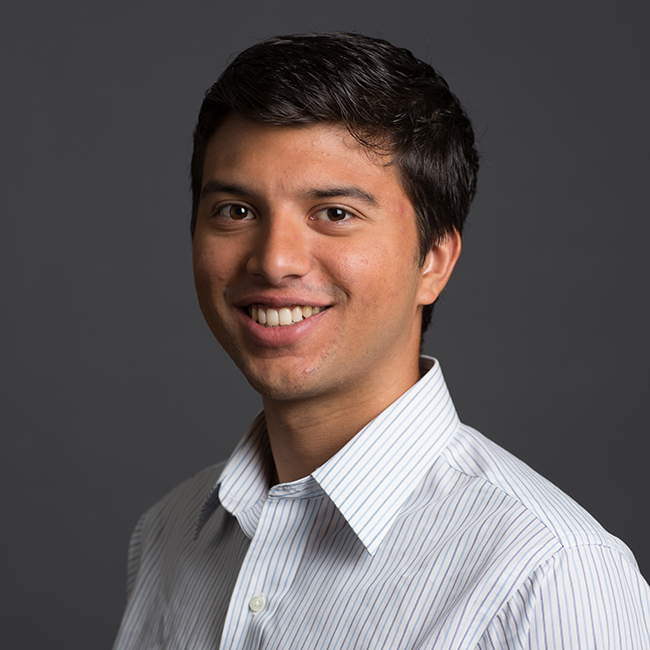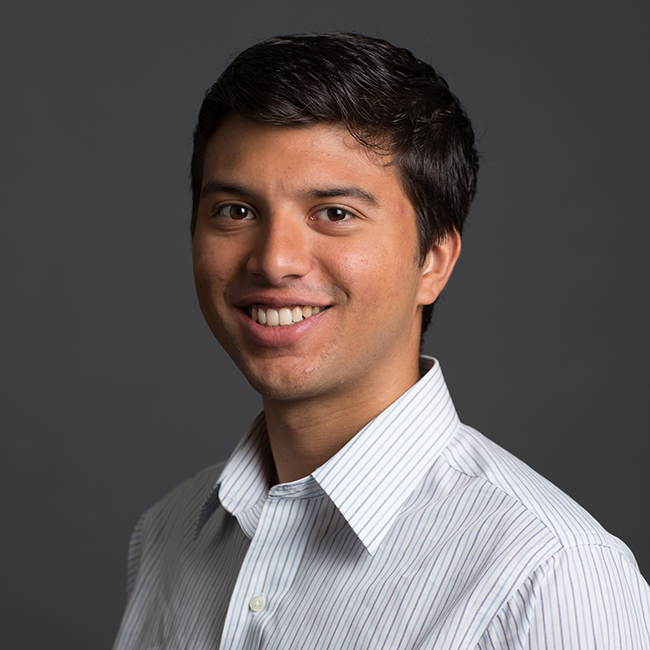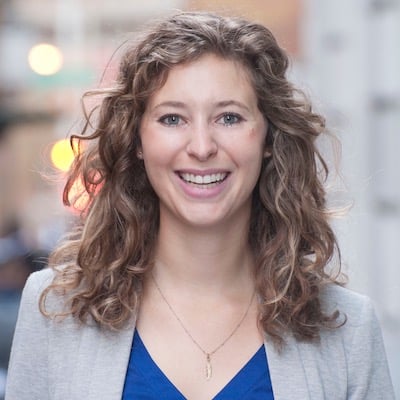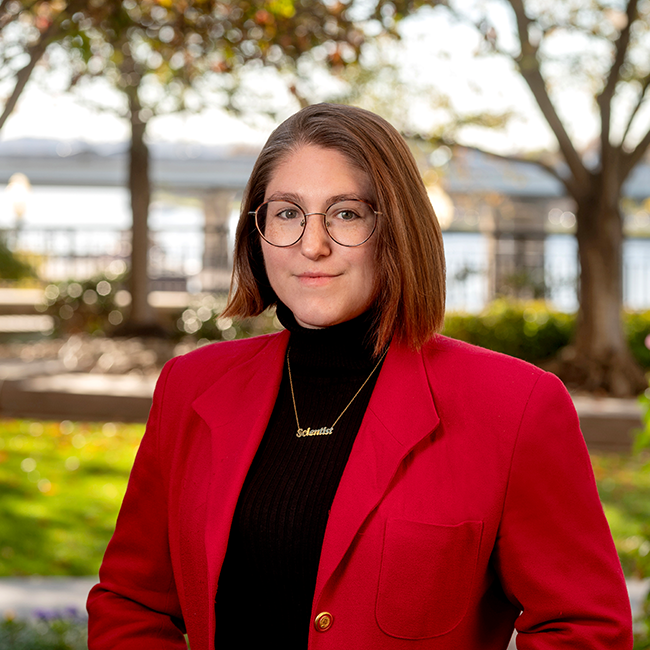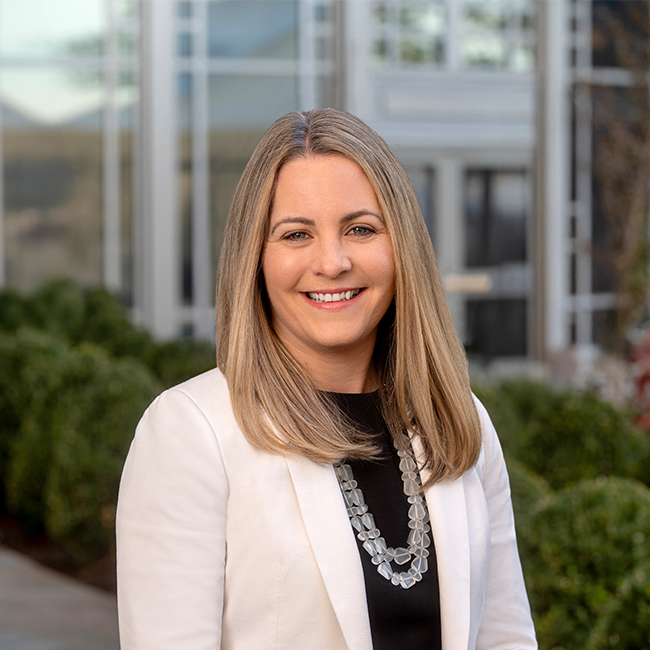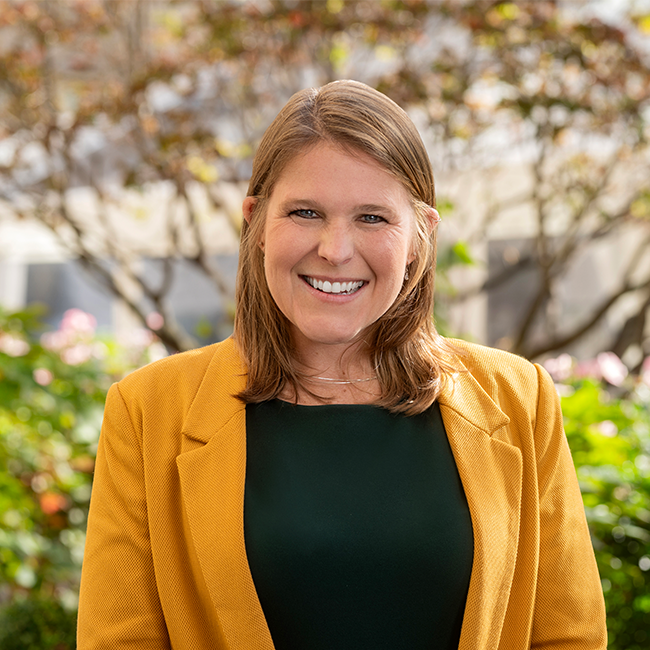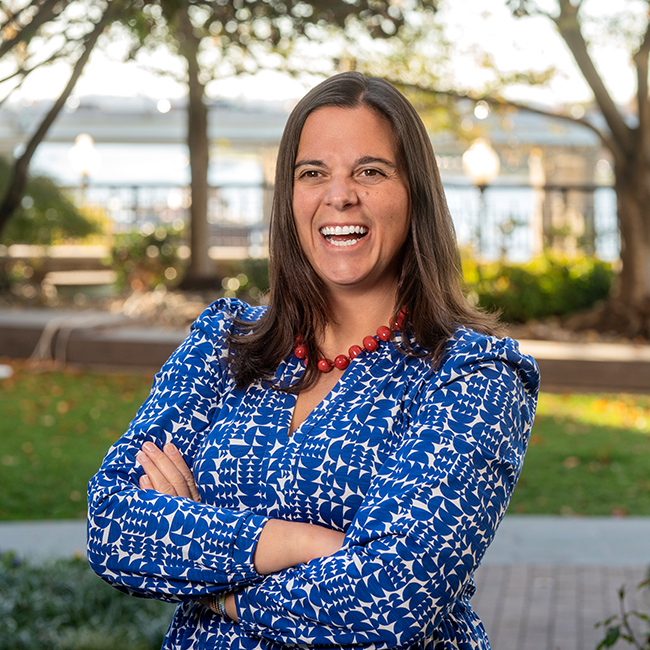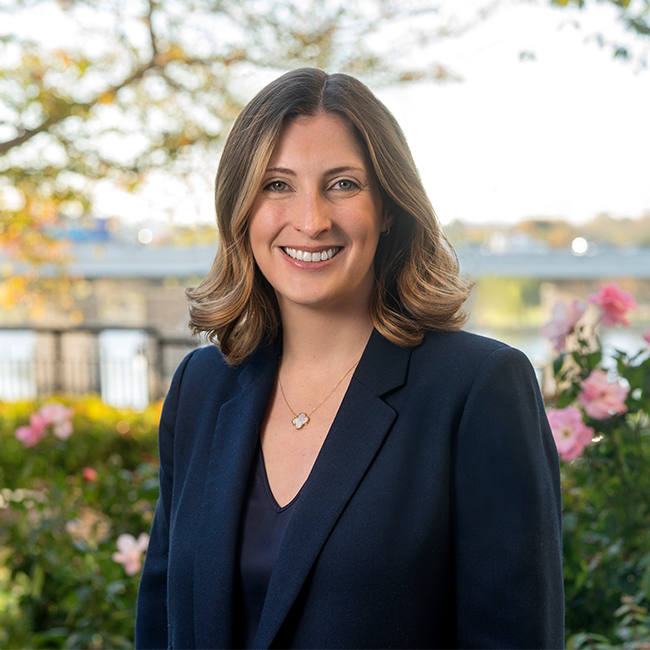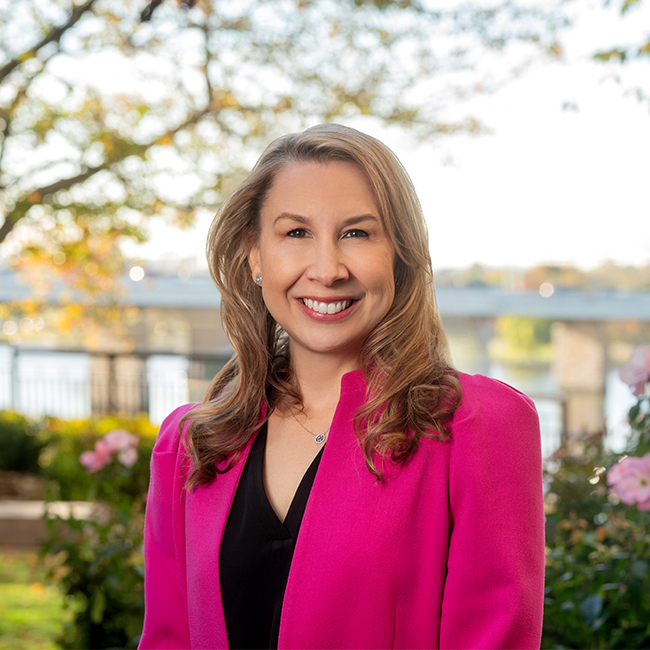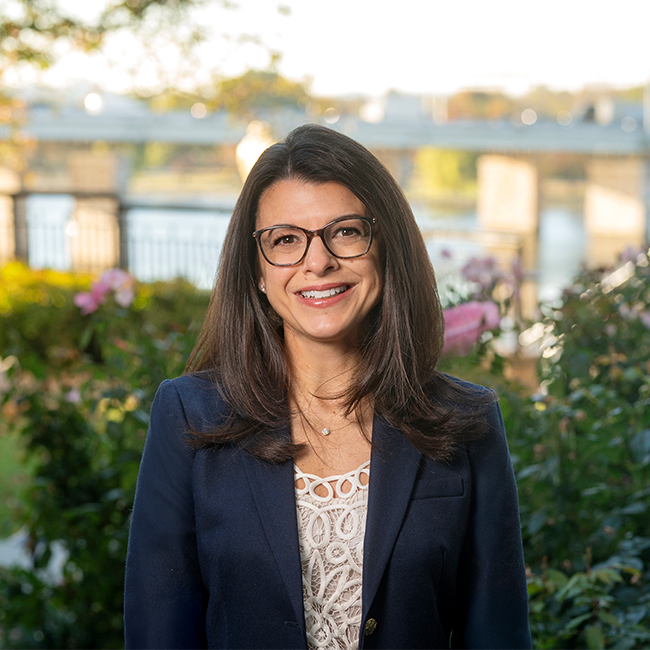
Corporate philanthropy has evolved significantly in recent years, moving in many cases from basic charitable giving to more strategic and integrated approaches that align with a company’s values and the unique needs of the communities they serve. Companies, corporate foundations, and local leadership have always been intertwined, but the innovative ways they are now working together to increase resilience to shocks and increase opportunities for prosperity could have a substantial impact on improving people’s quality of life.
To better understand how corporate philanthropy is building these long-term and sustained partnerships, the Milken Institute convened the heads of five corporate foundations at the Global Conference in May 2025 to discuss "Corporate Philanthropy, Social Capital, and Resilience" in their respective communities. While there were many takeaways from the discussion, here are three key insights from the panel:
1. Building authentic, lasting relationships to positively impact local communities
C.D. Glin, president of PepsiCo Foundation and global head of social impact, began the panel by emphasizing the long-term and local goals of the foundation, stating, “When we show up in a community, we want to be there indefinitely…we want to be local, we want to be lasting, and we want to be a leading change agent with and through communities.” Glin described how numerous Pepsi products directly link back to specific communities—noting that there would be no Lay’s chips or Doritos without potato and corn farmers. For PepsiCo, understanding this symbiotic connection frames their philanthropic programming.
Lynette Bell, the president of the Truist Foundation, agreed with Glin and discussed how building relationships in communities is especially important in preparation for unforeseen crises. Bell shared that before Hurricane Helene hit, the Truist Foundation had already invested dollars into North Carolina and developed relationships with community-based partners best positioned to assist in recovery efforts. As Bell put it, “Trust is the invisible infrastructure,” and it is crucial that communities view corporate philanthropy as a source of long-term, sustainable support—not just a quick fix.
Jean Oelwang, the founding chief executive officer of Virgin Unite, expanded on Bell’s point, remarking that “Communities and nature fuel our companies…when they’re weak, we’re weak.” Panelists agreed that to effectively integrate within a community, corporate foundations must build authentic relationships. Oelwang explained that Virgin Unite accomplishes this by ensuring employees are not only engaged but also empowered to volunteer. Virgin Unite, she stressed, is constantly trying to create spaces where people come together to share success and pursue something extraordinary. One example is the Local Legends program, where employees can nominate a nonprofit that they volunteer with to receive £5,000. The program is expected to give £1,000,000 over three years to community-based UK Charities.
2. Collaboration, not competition, to develop innovative solutions
The corporate philanthropy leaders at the Global Conference discussed the importance of precompetitive collaboration to increase impact. Several speakers described how partnerships between philanthropic organizations improved responses to community challenges.
Foundations across sectors can find a synergy of values and goals even if they are direct competitors. Mary Culler, the president of Ford Philanthropy, provided an example from their food distribution program. Instead of creating their own internal program, they partnered with DoorDash to create a more efficient delivery system to communities in need.
Creating a culture within corporate philanthropy where partnerships are not only encouraged but routine becomes particularly important during times of crisis. Glin noted just how important this was during the Los Angeles wildfires. When PepsiCo mobilized to bring its resources to the Palisades community, speed was vital. To increase its capacity and efficiency, PepsiCo worked with Amazon to maximize its response efforts. By combining their capabilities, they were able to distribute critical aid faster than they could have on their own. Building on Glin’s example, Nicole Anderson, president of the AT&T Foundation, shared a related example following Hurricane Helene in North Carolina. AT&T had unique resources, including its mobile command center to provide internet connectivity and laptops to communities when disasters occur. But the destruction caused by the storm made it nearly impossible to deploy this much-needed asset to the Asheville community. To overcome this challenge, Anderson worked with Walmart, an organization with numerous parking lots in the region. This collaborative effort enabled AT&T to park the command center at a Sam’s Club and even ensured the driver had a hotel room to stay in.
3. Measuring community impact to effectively measure the social return on investment
Panelists agreed that while the amount of philanthropic dollars donated makes the headlines, it is far from the most important impact metric. Anderson shared how the AT&T Foundation is not only looking at the outcomes, but also the social return on investment of their philanthropic programs.
She cited AT&T’s $5 billion digital divide initiative in 2020. Their goal: connect 25 million people connected to the internet—and keep them connected—by 2030. To achieve this, they worked with a third-party researcher to discover that for every dollar invested in the program, the social return on investment was remarkable at nearly 250 percent. AT&T learned that the highest return on investment was focused on two programs: laptop distribution and digital literacy courses. With this knowledge, the foundation was able to expand the most beneficial aspects of its work and be better informed about where it might make the most impact in its future initiatives.
When corporate foundations create clear methods for strategic evaluation, they can better demonstrate how they are transforming lives with their work and inform corporate philanthropy models worldwide. Lynette Bell encapsulated this point in her closing remarks, saying, “Philanthropy should fuel the marketplace for innovation.” When nonprofits work together and utilize the right tools, they can continue to innovate and improve the communities they serve.
To learn more about how corporate foundations are pursuing meaningful social impact and navigating unexpected crises, read the Milken Institute’s recent report, Navigating Turbulent Times: Practical Approaches for Corporate Philanthropy. You can watch other panels from the Milken Institute’s Global Conference here: Discover the insights that defined Global Conference 2025.
